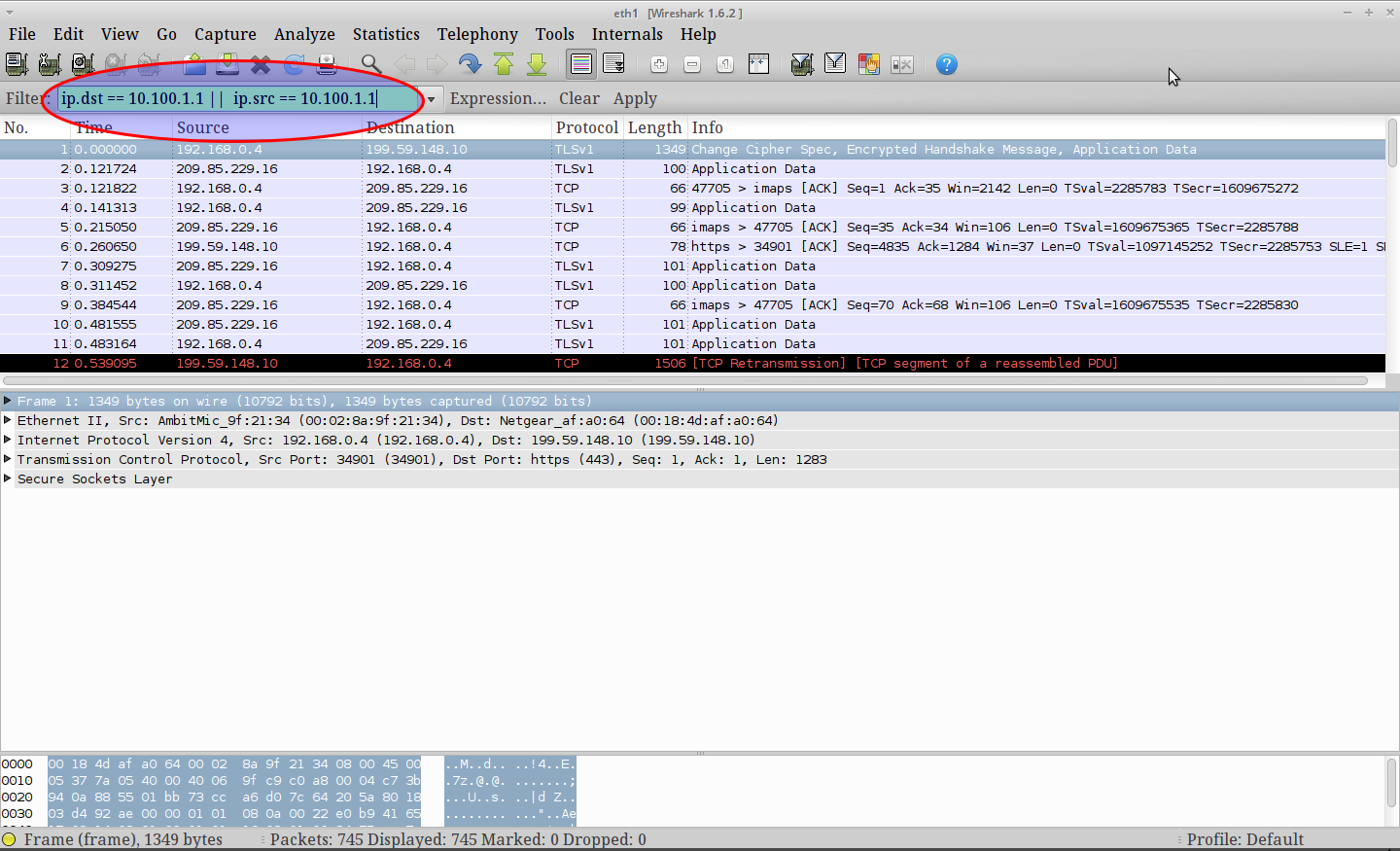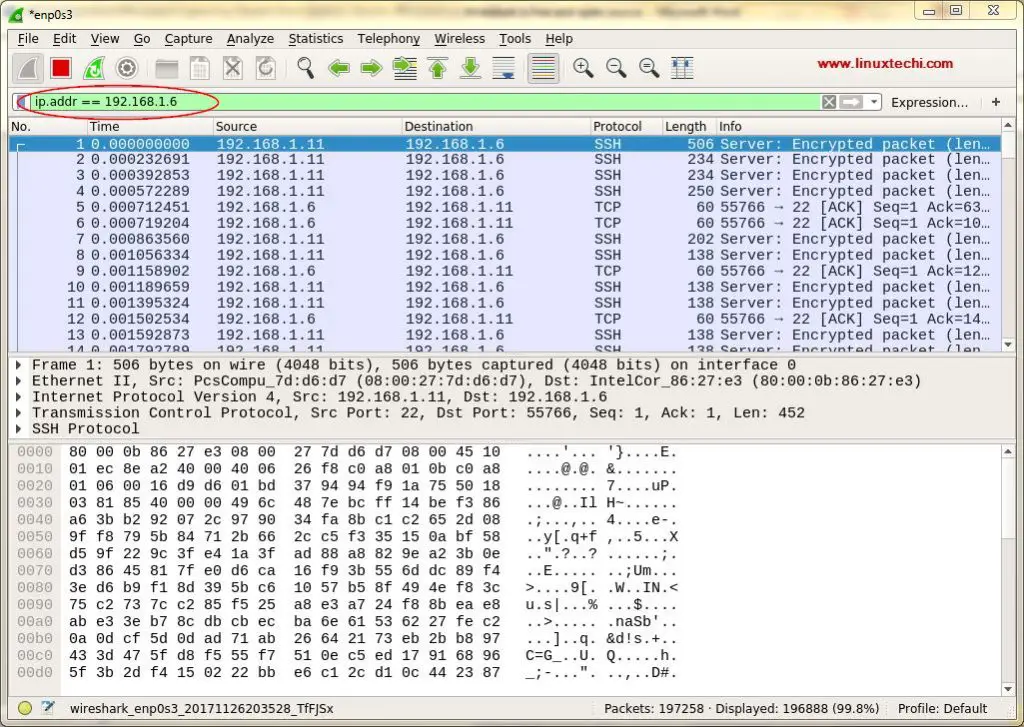

These packets are present in both the captures and refine the filter to display only those packets between the start and the end RTP sequence numbers.

In the previous screenshot, one of the packets from the video stream is selected and you can see the Src Port (20568) and the Dst port (20808) information on the bottom pane.

You are left with one stream decoded as RTP and the other as undecoded UDP.

In this screenshot, the UDP stream is filtered between the source and the destination IP addresses and contains two UDP streams (differentiated by the UDP port numbers).Perform the analysis on the branch side capture only but note you must perform these steps for the central capture as well.This filters out all UDP streams from central IP phone to branch IP phone. This stream misses packets on the branch WAN router if the WAN drops the packets on the stream from central WAN router to branch WAN router. Use the filter options in wireshark to isolate the problem: The packet captures are taken on the Central and Branch WAN router and the WAN drops these packets. See the receiver lost packets in the streaming statistics of the branch IP phone:īad quality is seen only on the branch side and because the central site sees a good image, it looks like the stream from the central to the branch site seems to be losing packets over the network. In this scenario, the problem encountered is that video calls from IP phone A to IP phone B result in bad video quality from central site A to branch site B where central has good quality but the branch side has issues. IP phone A (central siteA) > 2960 switch > Router > WAN router (Central site) > IPWAN > WAN router(site B) > Router > 2960 > IP phone B This is useful when you must troubleshoot audio and video quality issues when network losses are suspected. You can use Wireshark filters in order to analyze simultaneous packet captures taken at or close-to the source and destination of a call.
WIRESHARK FILTER SOURCE DESTINATION IP HOW TO
This document describes the process of how to decipher the Real-Time Streaming (RTP) stream for packet loss analysis in Wireshark for voice and video calls.


 0 kommentar(er)
0 kommentar(er)
